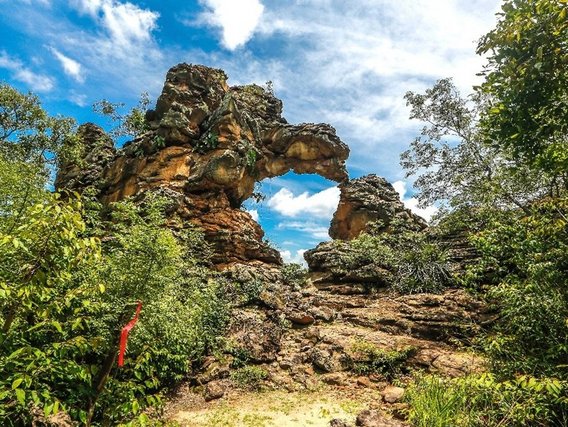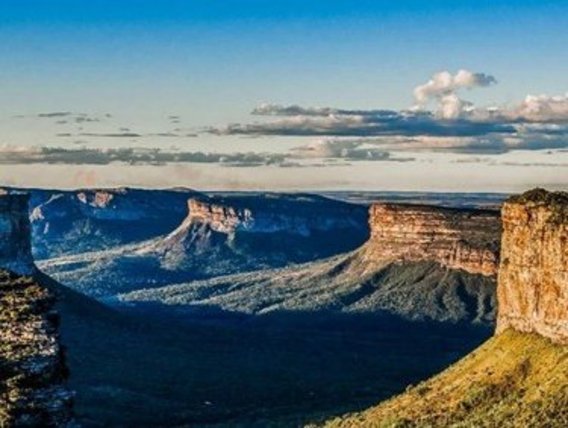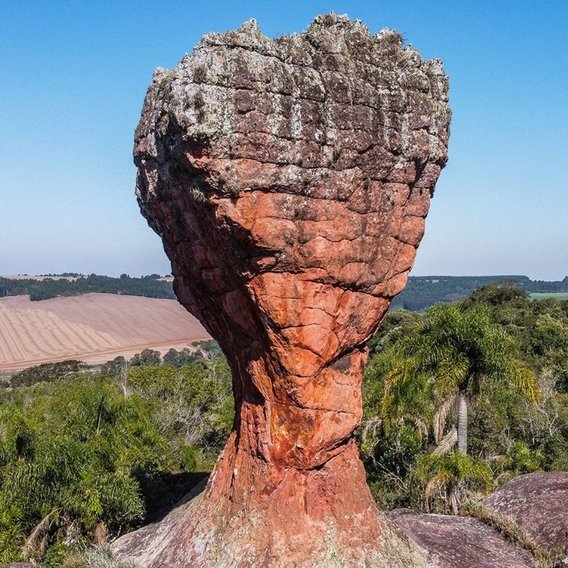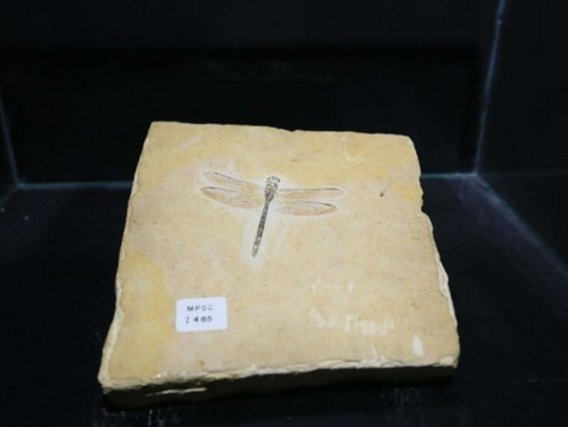
Brazil is a country of continental dimensions and unparalleled geological wealth. Its natural landscapes hide veritable open books on the history of the planet, revealing geological eras, tectonic processes, ancient volcanism, sedimentary cycles, and much more. For geologists, students, researchers, and geoscience enthusiasts, visiting a geosite is like taking a trip back in time - complete with breathtaking landscapes.
Here we have selected five outstanding Brazilian geosites, recognized both for their scientific importance and their natural beauty. These are must-see destinations for anyone who wants to immerse themselves in the geological wonders of our country.




